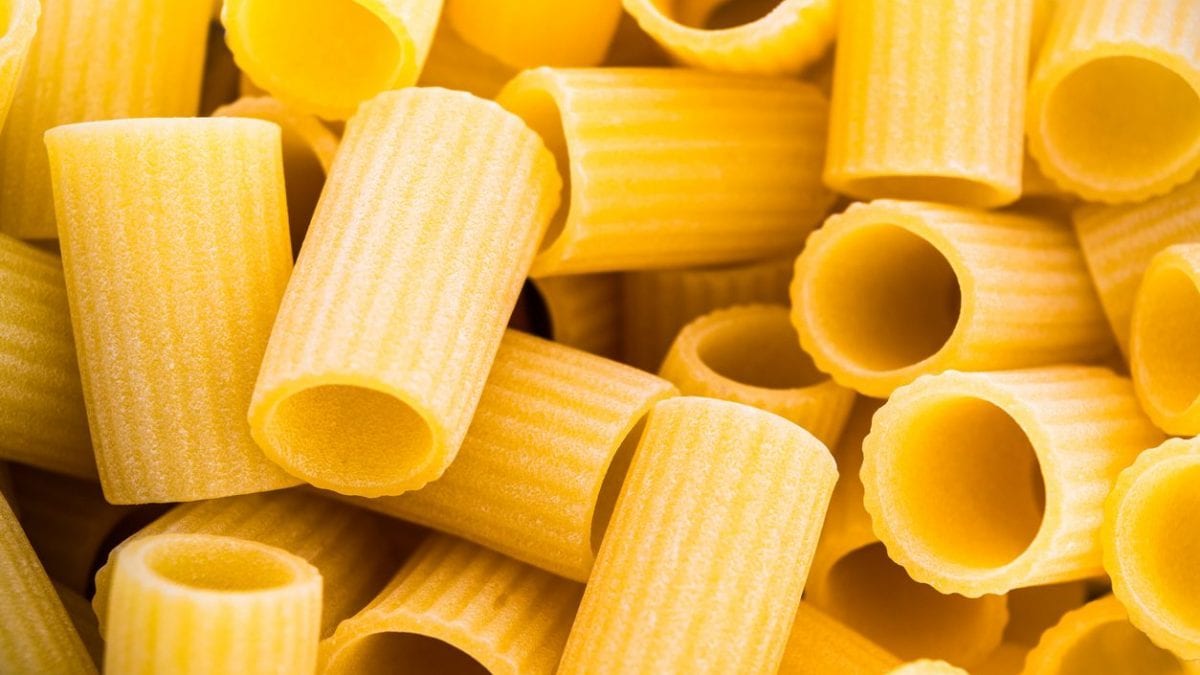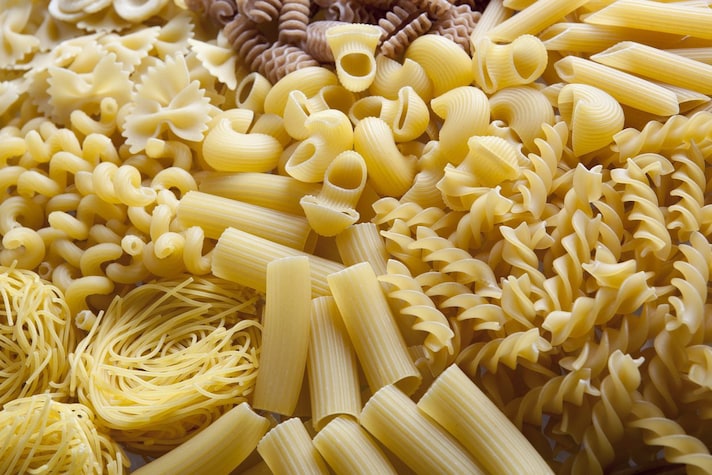
Italian pasta — one of America’s favorite imports — may soon face a massive price increase. The U.S. Department of Commerce has proposed raising import tariffs on Italian pasta to as high as 107%, following accusations that certain Italian manufacturers engaged in dumping practices — selling products below market value to outcompete domestic producers.
Currently, pasta imported from the European Union faces a 15% import duty. However, the Department’s latest review determined that some Italian pasta makers — including La Molisana and Pastificio Garofalo — allegedly sold their products at prices 91.74% lower than fair market value. This figure has prompted the proposed addition of an anti-dumping duty of 91.74%, on top of the existing 15% tariff.
If finalized, the move would more than double the retail price of many Italian pasta brands across the United States.
What Is Dumping and Why It Matters
In international trade, “dumping” occurs when a company exports goods at prices lower than domestic market costs — sometimes even below production cost — to gain an unfair advantage abroad.
The United States, like many other countries, uses anti-dumping tariffs to protect its domestic industries from such practices. The Department of Commerce periodically investigates imports to ensure that pricing remains fair and competitive. The recent probe concluded that a number of Italian pasta companies violated these trade rules, prompting the proposed tariff increase.
The Companies Under Scrutiny
According to the Department of Commerce’s report, the investigation covered the period between July 1, 2023, and June 30, 2024.
Among the companies named were La Molisana and Pastificio Garofalo, two of Italy’s most renowned pasta producers. The Department alleges that these firms engaged in significant underpricing, leading to the proposed 91.74% margin of dumping.
This margin would apply not only to the two companies investigated but potentially to other Italian pasta exporters, even those not directly reviewed. Italian trade groups have called this approach “unjustified.” Luigi Scordamaglia, CEO of Filiera Italia, criticized the broad application of the tariffs, calling it “unacceptable that measures applied to two companies are being extended to others without verification.”

Potential Impact on American Consumers and Importers
If enacted — likely taking effect in January 2026 — the new tariffs could dramatically alter pasta prices in the U.S. market. Many popular Italian brands, including Rummo, Antiche Tradizioni di Gragnano, Barilla, and Sgambaro, could be affected. For some, prices could more than double, making authentic Italian pasta a luxury item rather than a pantry staple.
However, companies like Barilla, which operates manufacturing plants in the U.S., may face lower tariff impacts. Their American production capacity could help them remain competitive while other importers struggle.
For small specialty importers and gourmet retailers, though, this change could mean reduced supply, thinner margins, and higher costs passed on to consumers.
The Italian Response
The announcement of the potential tariffs triggered strong reactions across Italy’s food and export sectors. Italy’s Minister of Agriculture, Francesco Lollobrigida, called the measure “hyper-protectionist and unjustified.”
Cristiano Laurenza, Secretary of the Italian Pasta Union, described the decision as “an insult to one of Italy’s most iconic exports,” suggesting that the move may be politically motivated.
Meanwhile, Ettore Prandini, President of Coldiretti, Italy’s main agricultural association, warned that the tariffs could “open the floodgates to imitation products,” harming both Italian producers and American consumers seeking authentic goods.
Moving Pasta to the U.S.?
Some Italian industry leaders fear that these tariffs could push companies to relocate production to the United States to avoid high import costs.
Luigi Scordamaglia cautioned that the measure might “favor businesses that have already moved production to the U.S.,” even if their branding still suggests Italian origins.
Such a trend could blur the distinction between authentic Italian products and Italian-branded goods made in America, an issue already sensitive among consumers who value authenticity.

How Major Pasta Brands Are Responding
La Molisana has publicly denied rumors that it plans to open a U.S. plant, emphasizing instead its commitment to fighting the measure legally.
Pastificio Garofalo, a historic pasta maker based in Gragnano, echoed that stance. Its commercial director, Emidio Mansi, told Gambero Rosso that the company intends to appeal the decision and will not relocate its production: “We’ve been making pasta in Gragnano since 1789, and we’re not leaving.”
Other brands like Rummo and Barilla have expressed similar frustration. Rummo called the proposed tariff “absurd,” noting that it would apply retroactively for twelve months, while Barilla labeled the move “unfair and harmful to the entire pasta sector.”
What Comes Next
The proposed tariffs are still under review and may change after appeals, hearings, or diplomatic discussions between the U.S. and the European Union. If enacted in their current form, the duties would take effect in early 2026, significantly reshaping the import and retail landscape for Italian pasta in America.
American consumers who favor authentic Italian pasta could see prices skyrocket, while U.S.-based manufacturers might benefit from reduced competition.,The final decision will likely depend on trade negotiations, evidence presented by Italian companies, and domestic political considerations heading into the 2026 cycle.
;Resize,width=767;)
